In this article, the 6 most important astronomical events in the year 2021 are mentioned.
One year ahead of us and a lot of things in the years ahead; Pairing near two bright planets, an almost full moon eclipse, a great year to see popular meteors, and a great autumn appearance for Venus are some of the astronomical events that will take place in the new year.
March 5: Jupiter and Mercury meet

Jupiter and Mercury are difficult to see from the east-southeast horizon at sunrise, but on the morning of March 5, they are very close together, only 0.35 degrees apart. Mercury will be much brighter just above the planet Jupiter. Binoculars are very suitable for seeing these two planets against a bright background of dusk about half an hour before sunrise.
May 5: Supermoon
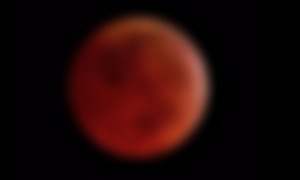
At 10 pm GMT, the moon will reach its closest point to Earth next year. The close coincidence of the full moon with the violet leads to a significant range of high and low ocean tides. Any coastal storm at sea at this time almost certainly exacerbates the problems of coastal flooding. Such extraordinary tides are known as suburban spring tides. The total lunar eclipse occurs at the edge of the Pacific Ocean, covering the Pacific coast of the western coasts of North and South America and the coasts of Australia, East Asia, and the Pacific Islands. Hawaiians enjoy a spectacular view of the eclipse in the middle of the night sky. Across North America, residents of the western regions can see the whole phase and part of the semi-final stages. Central regions will be able to observe the onset of minor phases up to (or approximately) before sunset. The eastern regions should suffice for a small scallop of darkness appearing on the left edge of the moon, or perhaps just a faint shadow resulting from the Earth's semi-rocky shadow. The moon will pass well north of the center of the Earth's dark umbrella. The highest point of the moon will be only 21 miles (34 km) from its outer edge. For this reason, it will only take a total of 14.5 minutes.
July 10: Ring sun eclipse
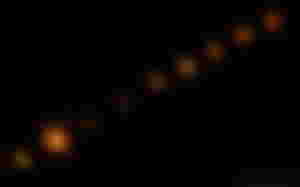
The moon's disk appears to be slightly smaller than the sun, as the moon will be 251,200 miles (404,300 kilometers) from Earth during this solar eclipse. Exactly 5.7% smaller; In this way, when the moon passes directly in front of the sun, it does not completely cover it, but instead a ring of sunlight will be visible. It will be a relatively unusual eclipse in that the path of the ring is strangely followed; It starts from the northeast, then north, and finally northwest, through central and northern Canada, northwest of Greenland, the North Pole, and finally ends in northeastern Siberia. For those living in New York, New England, as well as southern Ontario and Quebec, there is an opportunity to watch the most unusual sunrise on the morning of July 10, as the sun looks like a crescent with rising pots. Eclipses of 86 percent will be seen in Toronto, 85 percent in Montreal and 80 percent in New York and Boston. The final stages of the eclipse will be visible from Minnesota, the Great Lakes and the Ohio Valley, as well as Carolina and the Mid-Atlantic.
Venus appears from mid-September to the end of 2021
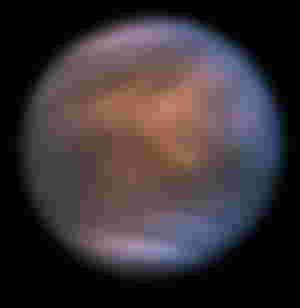
The most dazzling planets will start next year in an unusual way. Venus begins in the southeastern sky at dawn. In March and April it disappears from behind the sun and reappears at sunset, visible only at medium altitudes, which slides to the south and gradually gets closer and brighter and does not darken; Finally, in mid-September, after dusk, it is still visible, and then in early November, it suddenly shines as if it had risen from a springboard to the top of the night, reaching its highest brightness in early December, and enthusiastically. Many a night during the night attracts the attention of astronomers and lovers of astronomical phenomena.
November 19: Eclipse almost complete

North America is in a great position to see this eclipse. This will be done in the morning with the completion of the visible steps before sunset. The moon slides from the southern part of the earth's dark umbrella and sinks into darkness in most eclipses. Because some of the sunlight that shines on the earth is scattered by our atmosphere, the earth's shadow is not completely dark.
Enough light reaches the moon to give it a faint copper glow, and together with the non-slip yellow patches, it creates what some call the "Japanese lantern effect." Extraordinarily beautiful views for the naked eye or binoculars or a small telescope. The beginning of the lunar eclipse will be visible before sunset from the United States and parts of northern Europe. East Asia and Australia will also see it after sunrise later in the day.
December 4: Total solar eclipse
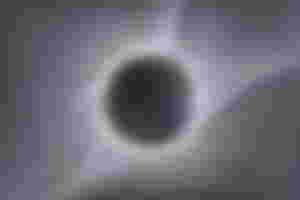
The final eclipse of 2021 will only be visible from the icy continent of Antarctica, which will average 265 miles (427 km) south and southwest of the Weddell Sea, passing through Birkener Island and then continuing west of Antarctica; This will be a difficult task even for the most ardent follower of the eclipse. A partial eclipse will be seen from parts of South Africa, Namibia and Botswana, as well as Tasmania and the southern parts of New South Wales and Victoria in Australia, and a small section of the southernmost regions of New Zealand and nearby Stuart Island.
♤♡◇♧♤♡◇♧♤♡◇♧♤♡◇♧♤♡◇♧♤
Never stop looking up🙄🖤


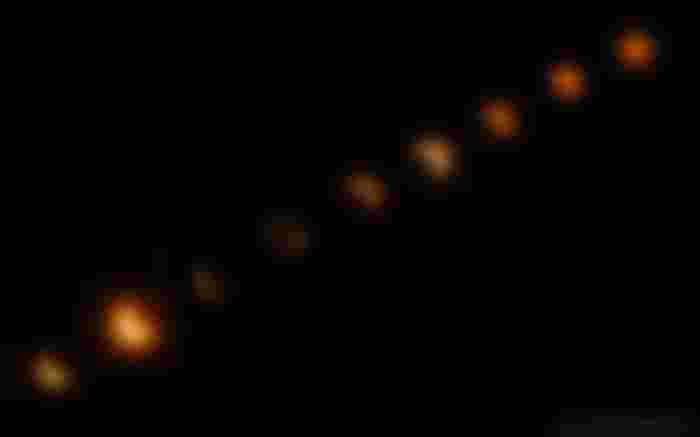
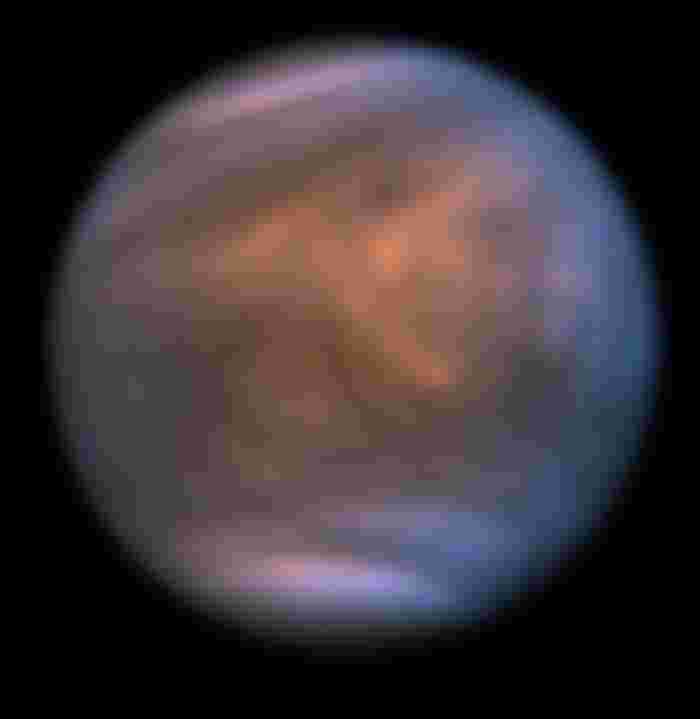


interesting